Primrose
MojaveLove
12 years ago
Related Stories
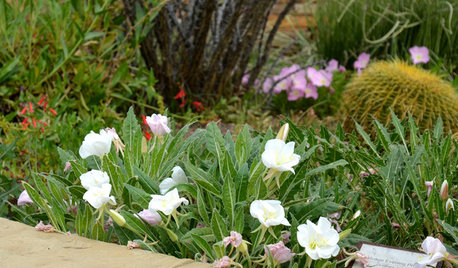
FLOWERS AND PLANTSTufted Evening Primrose Shines at Night
Oenothera caespitosa waits until the sun is ready to set before unfurling its large white petals that draw visitors and evening pollinators
Full Story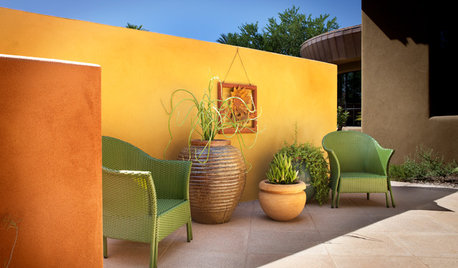
COLORGarden Color: Lighten and Brighten With Yellow
From mellow to far out, yellow plants and accent features can bring a taste of the sun close to home
Full Story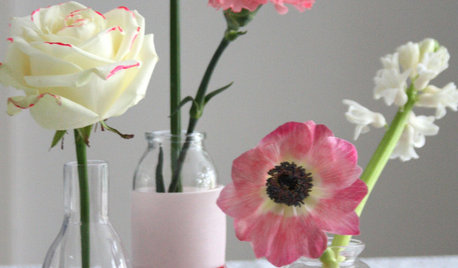
DINING ROOMSDress Your Dining Room With Love
Send a sweet Valentine’s Day message with a table setting that shows you care
Full Story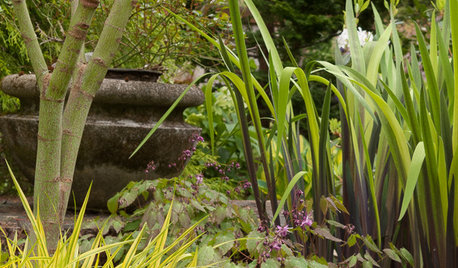
PLANTING IDEASA Great Spring Plant Combo for Dappled Shade
Time these ephemeral beauties right to watch them play off one another under a canopy of deciduous trees
Full Story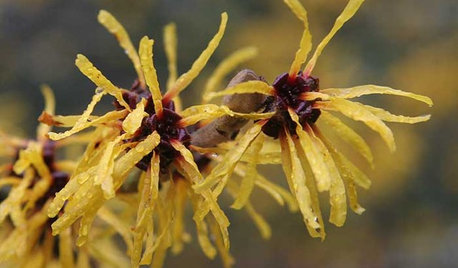
NORTHWEST GARDENINGPacific Northwest Gardener's February Checklist
Let witch hazel cast its spell, shut off your mason bees' snooze button and hit up the nursery for seeds and roses
Full Story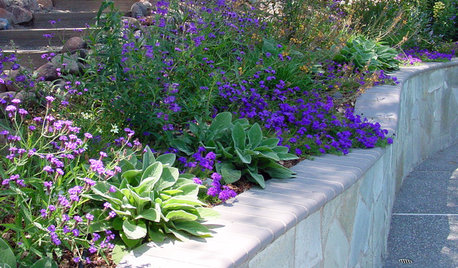
GARDENING GUIDESGreat Design Plant: Glandularia Rigida Paints the Ground Purple
Sandpaper verbena's deep purple flowers create a colorful carpet in drought-tolerant gardens
Full Story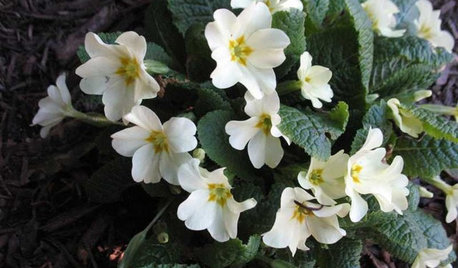
SPRING GARDENING7 Great Container Plants for Early-Spring Appeal
Good things sometimes come to those who impatiently head to the nursery for plants that can take a chill
Full Story
KITCHEN DESIGNCooking With Color: When to Use White in the Kitchen
Make sure your snowy walls, cabinets and counters don't feel cold while you're riding white's popularity peak
Full Story
GARDENING GUIDESHow to Stop Worrying and Start Loving Clay Soil
Clay has many more benefits than you might imagine
Full Story
VINTAGE STYLEHouzz Tour: Flea Market Decor Done Right in Finland
Forget fusty and dusty. Secondhand finds in this home are as bright and cheery as if they just stepped off the showroom floor
Full StorySponsored
Franklin County's Preferred Architectural Firm | Best of Houzz Winner
More Discussions








zzackey
flora_uk
MojaveLoveOriginal Author
birdsnblooms
flora_uk
birdsnblooms
flora_uk
birdsnblooms
birdsnblooms
flora_uk